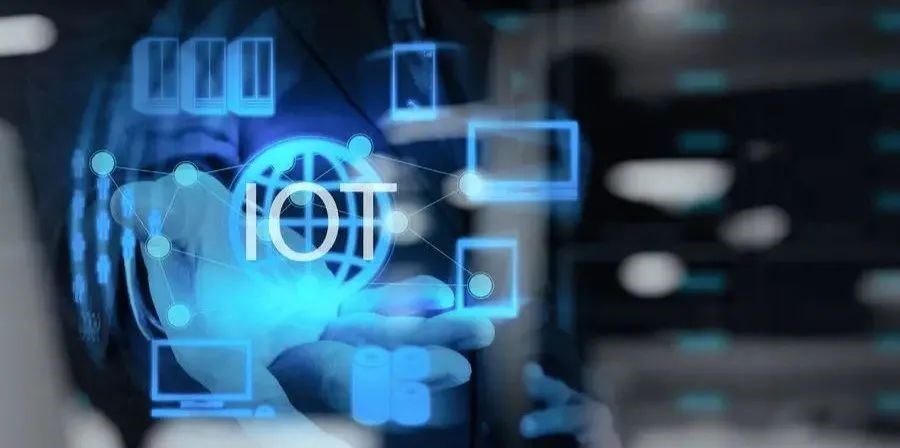How to Extend IoT Platform Lifecycle
As IoT is embraced by more and more enterprises, the Internet of Everything is one step closer, but there are still some reasons that prevent enterprises from accessing IoT platforms - life cycle is one of them.
It is not only the software itself that affects the life cycle of the IoT platform, but also the iteration of hardware and data interoperability.
We can use some methods to extend the life cycle of the IoT platform:
System Update
System update is the most common reason that affects the life of the IoT platform. Whether it is with the development of the company, new functions need to be added, or the original functions cannot meet the needs of the enterprise and need to be upgraded urgently. If the enterprise cannot directly update the original system at this time. Then just replace it with a new system.
We solve this problem through modularization. Each function and each menu is a separate module. Whenever the user wants to add, delete, or modify the system, he only needs to connect the new function module to the system through a unified interface. Some functions will also be upgraded with the environment. Users can select relevant modules to update according to their needs without affecting other functions.
Hardware Iteration
Hardware iteration is a hurdle that modern enterprises, especially industrial enterprises, cannot overcome: DTU and RTU devices emerge in an endless stream, and ModBus and MQTT protocols continue to expand. If an IoT platform is deployed today, the connected device protocol will be updated in a few years, and the system driver will fail. Enterprises are faced with the dilemma of re-developing new protocol drivers or building new systems, which consumes a lot of costs.
Data Exchange
Enterprises deploy IoT systems, generally starting from the enterprise itself, and the data is only circulated in the enterprise content, then a customized set of data circulation principles is of course no problem; but if in the next few years, with the business expansion, the enterprise needs to open the data For third parties, such as opening inventory data to raw material suppliers and opening logistics data to distributors, different companies use a variety of software, data exchange is difficult to achieve, I am afraid that companies will have to carry out a new round of develop
Of course, the most effective way is to use a unified data interface, such as the http we use, through which the data can be called to various other software at any time, or the data of other software can be collected to the enterprise's own platform for unified supervision and processing, to avoid. The interface makes the system difficult to use.
In addition, there are also some promises of free maintenance and lifetime warranty, but how to maintain it must be implemented in specific functions and services. The platform and equipment form a complete ecological chain, then the life cycle of the Internet of Things can naturally be guaranteed.

